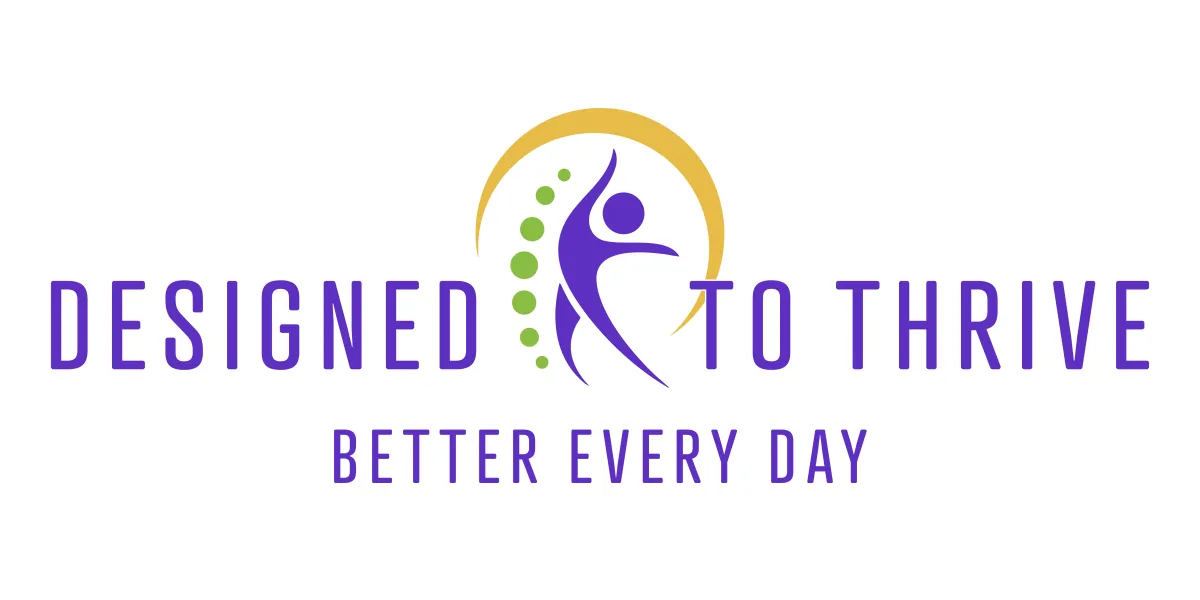
Our Philosophy
The Key to Life-Long Wellness
Our Focus Is Stress Reduction
Restore the Body to Homeostasis then Let It Do It's Thing
The human body is built to maintain its own balance, a process called homeostasis. When this equilibrium is disrupted, it is usually due to various forms of stress.
We do not diagnose or treat diseases. Instead, we educate clients about factors affecting their health and help identify sources of stress that can lead to symptoms and functional issues.
Our focus is on reducing stress and restoring balance through general approaches like energetic devices, detox coaching, wearable nutrition, and lifestyle changes. By lowering stress, we aim to support the body’s natural ability to self-correct.
If symptoms persist after stress reduction, we refer clients to qualified health professionals for additional targeted care.
The Journey Back to Wellness Process
Physical wellness is defined as the optimal functioning of the body without reliance on pharmaceutical medications, wherein individuals possess the energy, mental clarity, strength, and resilience necessary to lead fulfilling lives. Achieving wellness can be approached through logical and systematic process.
General Foundational Assumptions
The body is designed to thrive by God and is considered inherent and enduring.
We maintain that compromised health, symptoms, or chronic illnesses do not stem from deficiencies in pharmaceutical drugs or other synthetic interventions.
Restoring health involves addressing the underlying processes that led to its compromise.
Physical health is impacted by physical, mental, emotional, and spiritual dimensions.
The human body is fundamentally composed of energy; when organized and stable, this energy supports optimal physical function. Conversely, energetic stress disrupts physiological balance and leads to degeneration.
Modern environments and societal structures introduce numerous sources of stress and therefore health decline is generally the result of a multiplicity of factors.
The body's innate systems for healing, repair, restoration, and maintenance can become overwhelmed when subjected to an excessive, cumulative stress load.
Without proactive stress reduction, the body’s self-regulatory mechanisms may be compromised, impeding healing and leading to progressive decline and chronic illness.
Individual responses to stress vary, influenced by unique stress loads and vulnerabilities.
The Plan: A Fundamental Reset
In both conventional and natural medicine, it is common practice to address symptoms through the use of pharmaceuticals or natural remedies such as supplements, herbs, or homeopathic treatments. However, our approach diverges from this methodology; we maintain that optimal health outcomes are achieved by prioritizing comprehensive stress reduction before proceeding to treat any residual symptoms.
All aspects of health deterioration are subject to cause and effect at the level of physics. Excessive stressors impair cellular function, which can progress to imbalances (dis-ease), manifesting ultimately as disease. By minimizing underlying stressors, the body's self-corrective mechanisms are better positioned to reverse these processes. Effective wellness strategies focus on resetting and fortifying foundational aspects of health while mitigating stress in specific key areas:
Sufficient cellular energy
Absence of chronic inflammation
Comprehensive nutrition
Systemic detoxification
Proper hydration
Adequate oxygenation
Balanced autonomic nervous system
Phase One: Reduce Stress Load
A strategic plan for restoring wellness involves identifying which aspects of health are most affected by stress and prioritizing their resolution. The seven categories above are common areas of primary physical stress among those experiencing chronic conditions.
The initial phase focuses on identifying and methodically reducing stress. This approach allows the body an opportunity to recover and self-regulate. Attempting direct intervention without first alleviating significant systemic stress is unlikely to yield optimal outcomes. Once stress is significantly reduced, if symptoms persist, further steps are indicated.
Phase Two: Targeted Intervention
When symptoms remain or when seeking optimal health, targeted therapeutic interventions may be appropriate. Consultation with qualified healthcare practitioners who utilize innovative, non-toxic, and non-invasive solutions is advised.
Our Role in the Phases of Wellness Restoration
PHASE ONE: Designed To Thrive's Role (General Stress Reduction)
Define your health and wellness objectives.
Complete an assessment of stressors.
Begin a structured plan to reduce primary stressors.
Continue stress reduction efforts until an optimal baseline is achieved.
Allow sufficient time for physiological adjustment and recovery.
Establish a maintenance plan.
PHASE TWO: Outside Practitioners Role (Specific Treatments)
Seek further support, such as particular treatments and therapeutics, if necessary to address remaining symptoms and reach health objectives.
We keep a directory of practitioners available to assist with specific needs.
DISCLAIMER:
The information provided by Designed To Thrive is not intended to be a substitute for professional medical advice, diagnosis, or treatment. Further, our therapies and coaching are not intended to treat, diagnose, cure, or mitigate disease.
Our focus is 100% on helping de-stress the body so it can naturally move back toward homeostasis...the place where it is 'balanced' and can self-heal. Any improvements are the result of your own body doing its job better when it's not as weighed down by as many stressors.
Office:
10288 W Chatfield Ave, Suite 101
Littleton, CO 80127
Call:
303-808-0337
Email: [email protected]
Site:
www.designedtothrive.coach
